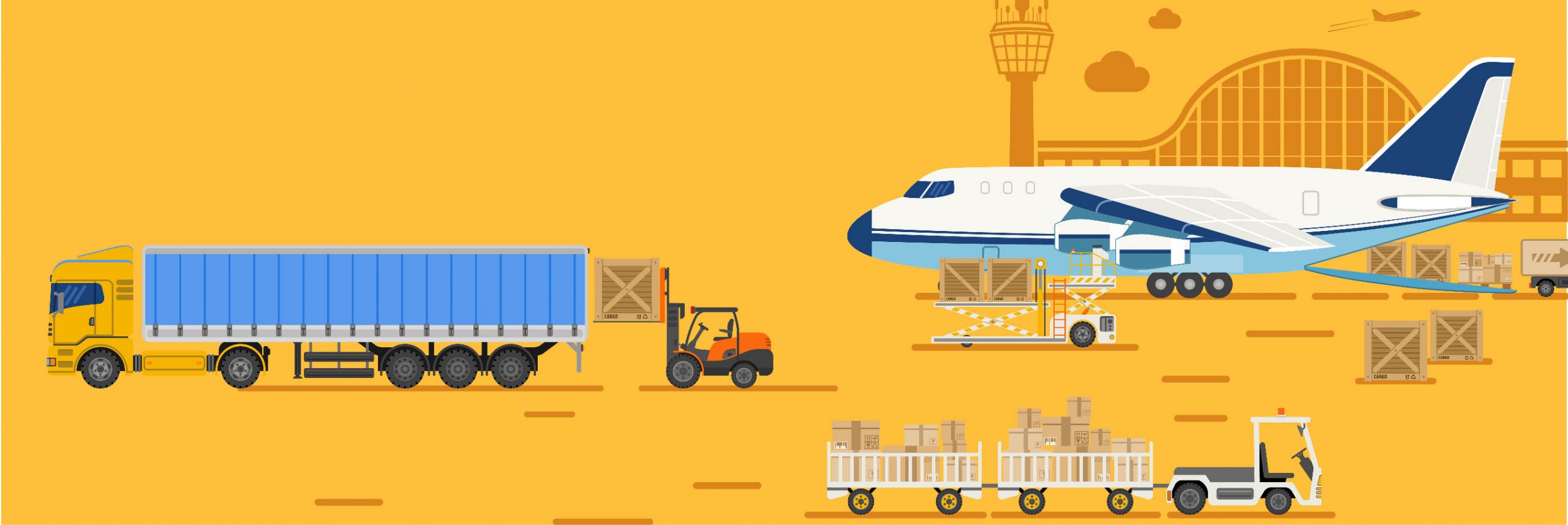
05 Jul Truck slot management – one-stop solution to overcome truck congestion
It is a known fact that truck congestion is the major challenge for any airport cargo complex across North America. Every stakeholder involved in the air cargo movement suffers because of this. However, forward-looking airports are overcoming congestion with technology and digitization. At the forefront is truck slot management,
a module/application of the cargo community system that is seamlessly facilitating business synergies for the air cargo community.
Truck congestion – the never ending challenge
Memphis, Louisville, Ted Stevens, Miami, and Chicago’s O’Hare Airports come among the list of top 20 airports in the world in cargo traffic. Memphis handled 4.32 million tonnes in 2019 and is second in the world only to Hong Kong. Precisely, airports in North America and, specifically, in the USA are nothing but a hub of air cargo activities in the world.
Unlikely, there are obstacles that are stalling their expansion further. According to reports, truck congestion at these airports accounts for over 3 hours. The efficiency of the overall operations takes a toll. Therefore, truck congestion appears to create a chain of challenges for the air cargo community, which pushes them to the brink.
What is truck slot management?
Truck slot management is an integral part of the airport cargo community system, focusing on building a digital backbone for the air cargo industry by reducing paper handling, enabling efficient resource planning, faster processing of cargo and increasing the throughput of the existing facility.

Benefits of the truck slot management application
A new feasibility study of the air cargo supply chain process at JFK International Airport makes a case for how a new, digitally connected airport with a truck flow management system would streamline cargo operations for truckers and airport personnel, save time, money, and fuel, and improve quality of life for residents, business owners and workers in the surrounding community. The JFK Cargo View report; makes the business case for implementing new technology that would include electronic data interfaces, cargo notifications via a mobile app, paperless truck check-in, and dock scheduling to improve operational efficiency and effectiveness and reduce idling time and diesel fuel usage. One of the critical findings of the study is that the system would reduce truck dwell time by an average of 38% and CO2 emissions by 80 to 512 metric tons per year. The system would save an estimated $2.5-$16.0 million in direct trucking costs annually because of reduced working hours and fuel and operational efficiencies.
Another factor that delays the process and affects the efficiency of operation further is manual intervention and document processing. Data entry at various stages can take approximately 22 hours per shipment. In the absence of advance information sharing with the cargo terminal operators, there can be inefficient personnel and asset planning at the gates, peaks and idle times, and long waiting times for freight handlers or trucking companies.

Technology adoption is the new normal?
Even though some airports are earnestly considering going digital, stakeholders are still reluctant. However, little do the stakeholders realize that digitization is the new normal. Anyone who ignores the fact will cease to stay relevant in business in the coming future.
